KEVIN FERGUSON / PURE FRACTALS 2:
A MIND EXPANDING EXPERIENCE
Last updated August 23, 2020
This the 10th release, a 17 hour, 100 track, 6 volume set, by musician (music theorist, composer, instrumentalist including guitarist with several top selling CD's at
Guitar Nine Records), artist,
applied mathematician & inventor Kevin Ferguson.
- "A 'Where's Waldo' of melodic and counterpuntal self-similarity."
- "Camouflaged in progressive, metal, EDM, classical, jazz, Latin, experimental, fusions of these and several other genres."
- "Each of the 100 tracks is a snowflake among snowflakes, each a pure mathematical structure in counterpoint melodies creating two-dimensional fractals in the soundscape, each with varied voices and/or time signature and/or genre combination and/or other unique factor, sometimes very subtle, sometimes very dramatically different."
Audio Streams By Genre (Examples)
Spotify playlists by genre:
- Progressive Rock Fractals : https://open.spotify.com/playlist/6Y7j2YuQkQY8V0Voae2HgF
- EDM Fractals : https://open.spotify.com/playlist/2MCZsVYOgZYTvhTlYARQmC
- Electronic Fractals https://open.spotify.com/playlist/1iBwyzRWGPZxVcYDO1M3NL
- Jazz Fractals https://open.spotify.com/playlist/0As7nrvP3MNEVQcnI3Uj5M
- Sci-fi : https://open.spotify.com/playlist/784wi5Ve7KMArwDqbKOaHg
- Classical Fractals : https://open.spotify.com/playlist/3elf6RvVApToZ6ETkhkBDW
- Brainiac https://open.spotify.com/playlist/2WnGjt9TGolB21Zeo5XqAy
SEE MANY MORE AUDIO LINKS BELOW
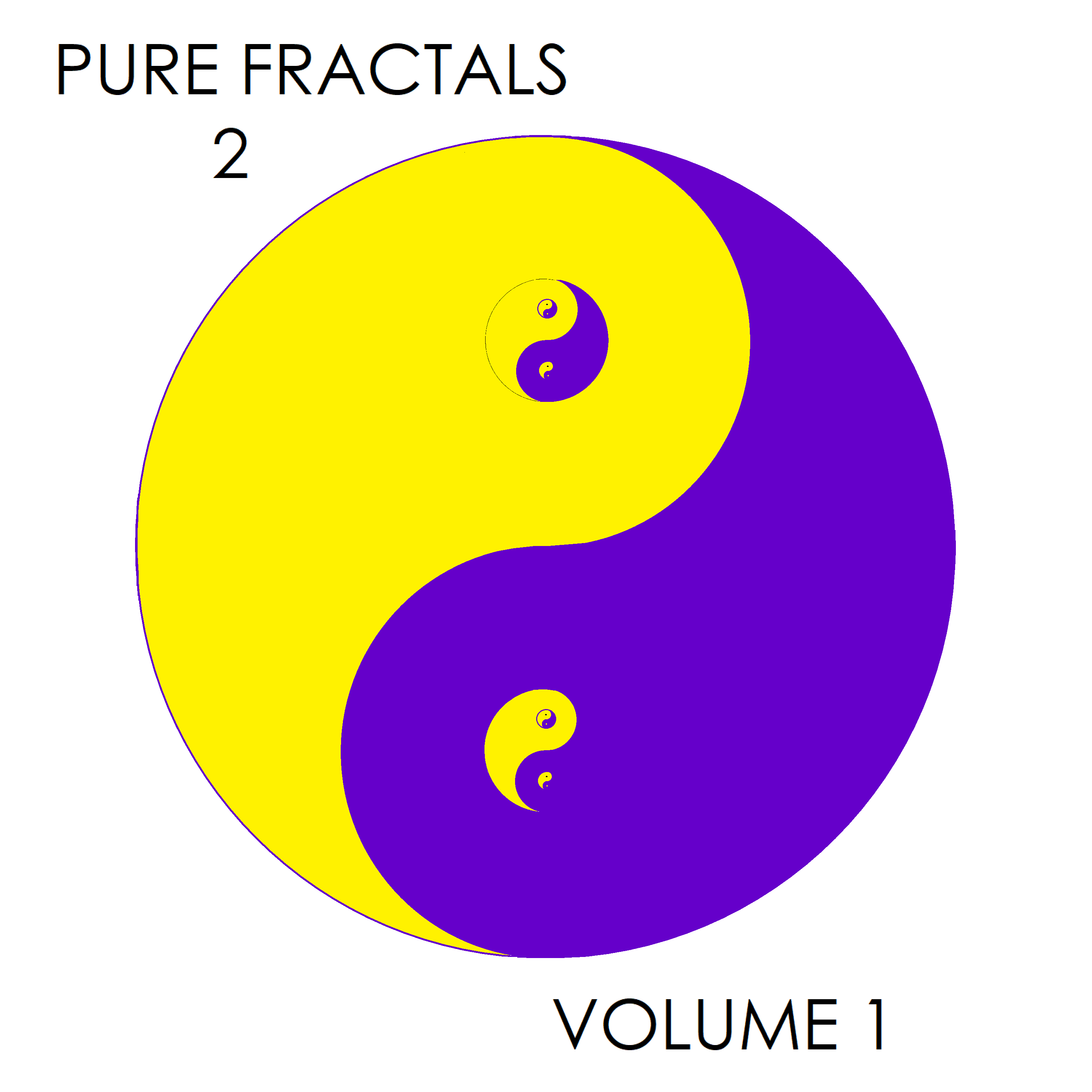
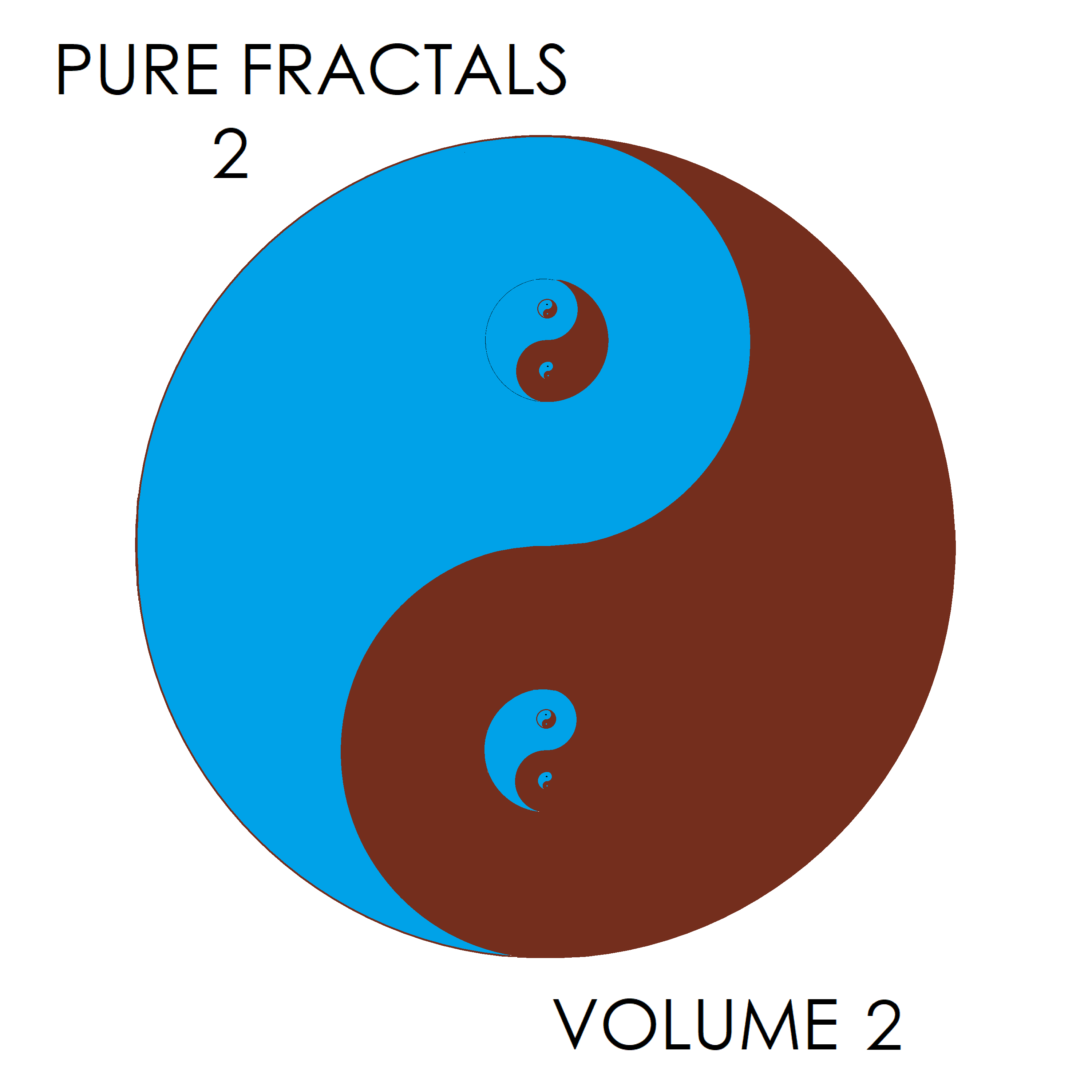
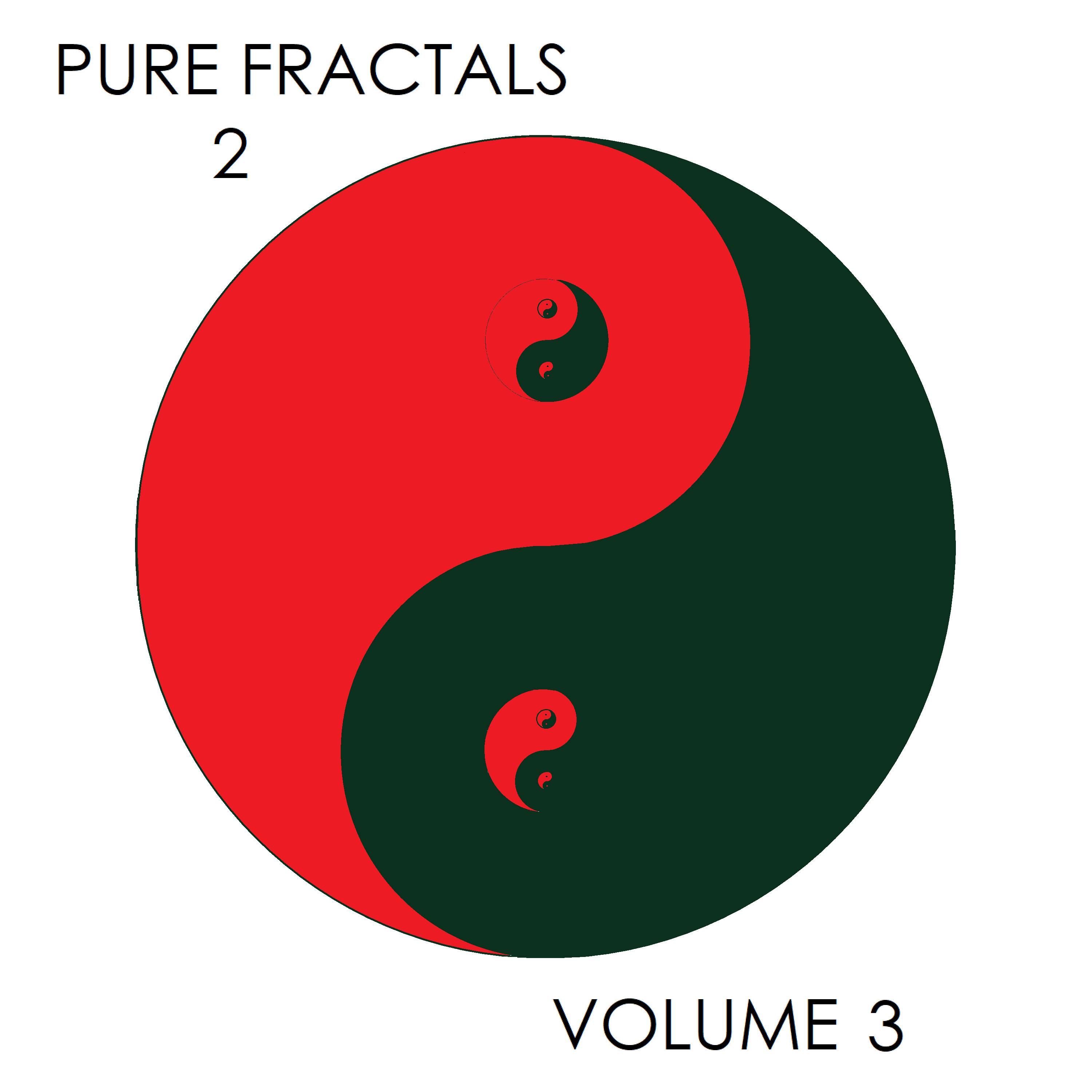
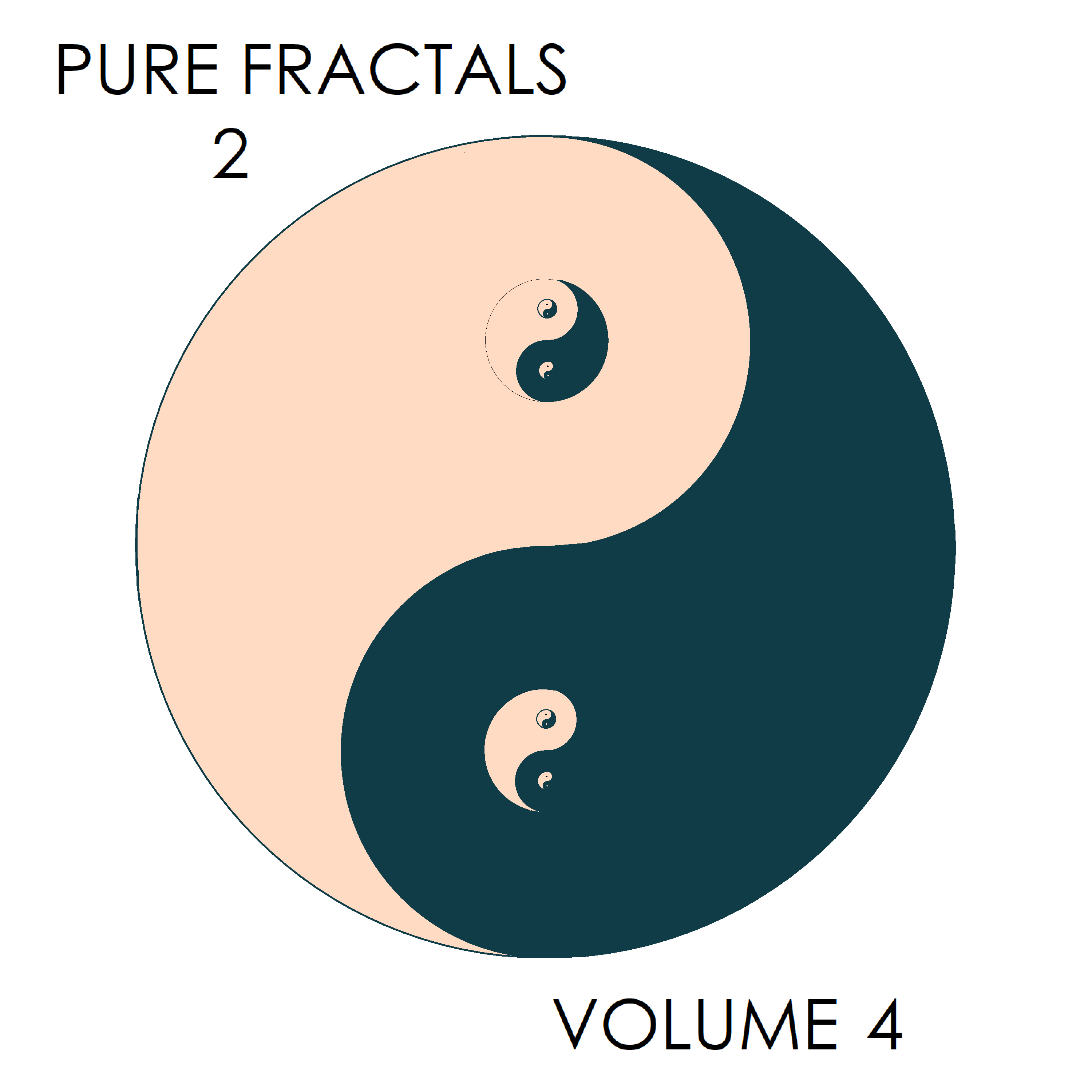
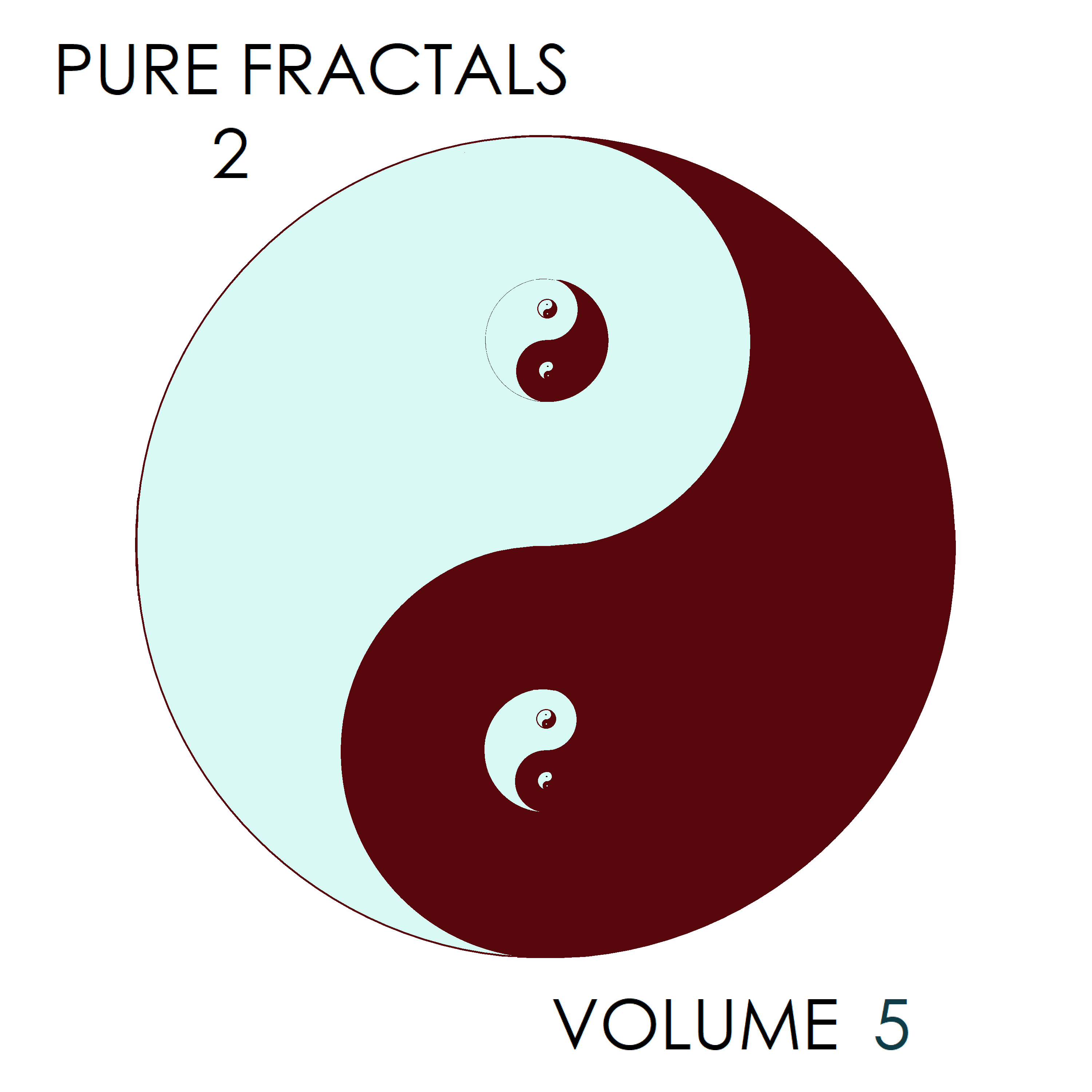
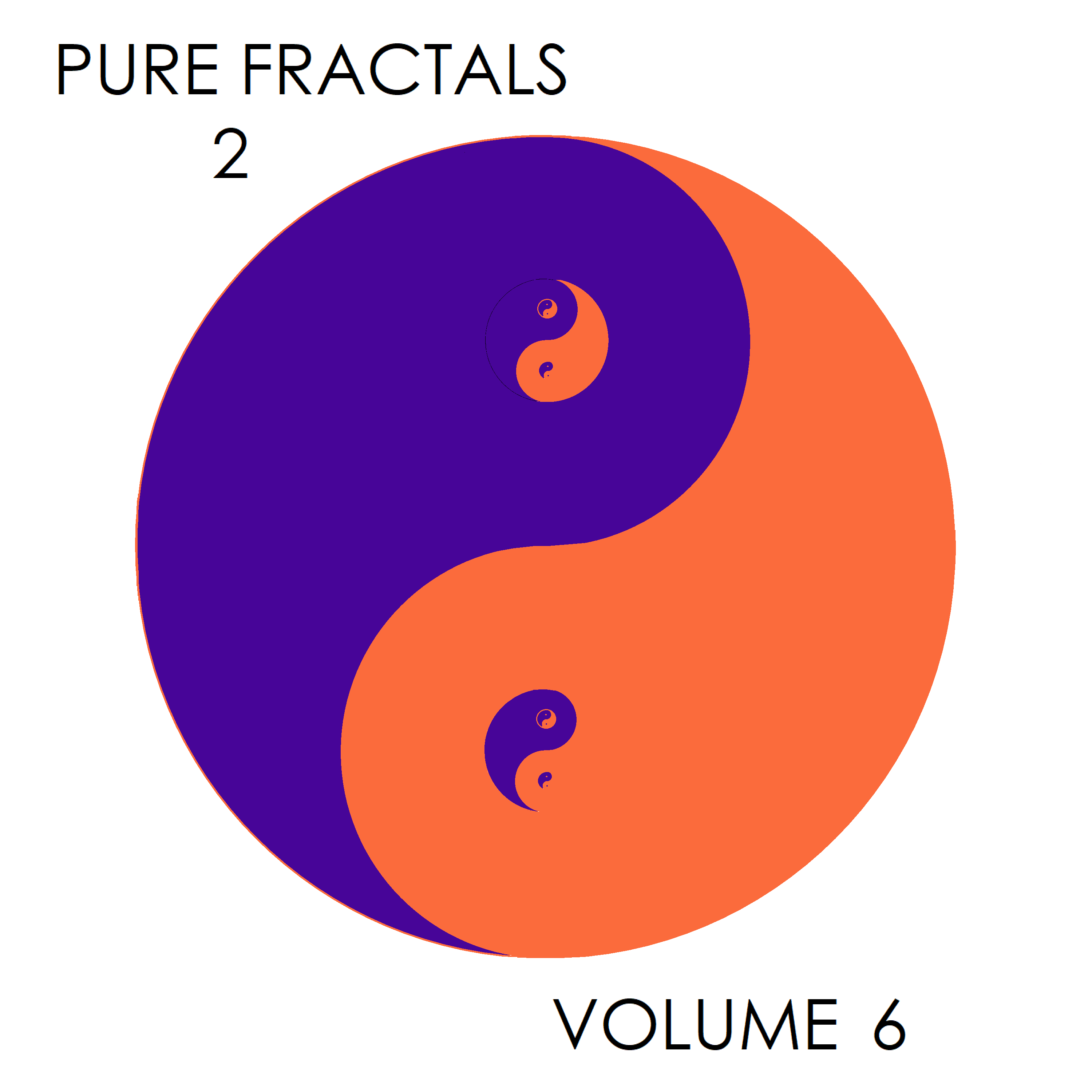
Pure Fractals 2: Details
This 17 hour, 6 EP set is
- ordered from shortest to longest track,
- with the short tracks being nuggets and
- the longer ones suited various kinds of meditation and altering one's mental state.
This release, completed in June of 2020, includes
- 100 new tracks of fractal music,
- covering many moods and genres,
- but with the electronic and intellectual scaffolding common to the composer's invented art form.
- What does it mean that "Each track is a 2-D fractal"?:
- Each voice renders a melody that is intervallically fractal.
- Voices are fractals of each other.
- How is "Pure Fractals 2" different from the "Pure Fractals" album?
- Unlike the groundbreaking album entitled "Pure Fractals" in 2008, which used a church organ to render the melodies and counterpoint, this latest body of work covers many genres and fusions of genres with many voices/instruments.
- 5/4 time, Electronic Experimental as 2-D Fractal example:
- 6/4 time, Progressive Metal/Electronic as 2-D Fractal example:
- 9/4 (81/16) time, Latin Jazz as 2-D Fractal example:
- Fractal/Rock/Dub/Jazz/Classica/Electronic fusion as 2-D Fractal example:
- 7/16 time, string orchestra creepy drama as 2-D Fractal example:
- 7/8 time, Electronic + hand percussion 2-D Fractal example:
- 5/4 time, Sci-Fi 2-D Fractal example:
PURE FRACTALS 2: Synopsis
All 100 tracks are 4 voice 2-D musical fractals: A fractal melody uses the scale intervals between melody notes for transposition of the melody itself. For example, [ A, E, C, B ] where the key is Aminor and the scale indices are [ 1, 5, 3, 2 ] gets transposed 3 times, first to the 5th [ 5,9,7,6 ], then 3rd [ 3,7,5,4] and finally the 2nd [ 2,6,4,3 ]. So the whole string of notes (ignoring rhythm for now) is [ A,E,C,B, E, B,G,F,C,G,E,D,B,F,D,C]. More details are here: www.debone.com/pureFractals.html for the ones created 12 years ago.
Self-similarity is a consequence of interaction in relationships of all kinds, especially when some level of adapatation is involved, as is so often the case. As depicted on the album cover artwork, there are pure forms of self-similarity as shown in a line level pattern that is replicated at many scales, each riding on the successively larger scale. For this exmple, the common pattern is like this:
_
| |_
_| |_
And there are the more natural forms, as depicted in the wood etching of the album cover that follows the pure pattern, while each place is also influenced by all of its surrounding, in part according to proximity. In the more natural case with each point having a different "perspective" and thus being influenced uniquely, while some aspects of the wood etched patterns are similar to others, you can also find uniqueness if you look for it.
This album cover artwork is literally a depiction of the music of the first track "Celestrial Waterfall." This first track uses the very simple (3 pich level in 4 parts) pattern shown above to introduce you to the a way of listening in which you may percieve the simultaneity of 5 voices playing the fractal melodies as depicted in the cover art, in order to better appreciate what you are hearing. The combinations of rich harmonies that result, the juxtapositions and ways of percieving other patterns due to these juxtapositions, and, especially for tracks that follow, the ability to percieve many levels of rythmic variations, etc. can invoke the glee of a child with a "Where's Waldo?" book. Some tracks represent the purest forms while others are spiced with mild modulations analogous to the wood etching. To appreciate all this, it is recommended that listening be done with headphones and with eyes closed. "Storm Breaks" and "Jumping Butterflies" evolve some of the richest harmonies and subtly modulated juxtapositions.
Most of the titles are from impressions. For example, the first track reminded me of a meteor shower with the overall density like a waterfall. Coincidentally, the night before this CD was released I was returning home after Balkan dancing and saw a shooting star nearly hit the road at what appeared to be within 50 yards ahead of me.
While fractals have become famous and associated with chaos theory, antenna design, terse mathematical approximate models in biology, geography and other sciences, data analysis, data compression and most popularly for pretty pictures, I see them as a artifact projection of ubiquitous adaptation at every level of reality and the imagination. The most famous fractal of all, shown on the back cover of this album, is literally a portrait of a relationship between real and imaginary. After a quarter of a century of developing mathematical models for adaptive things, my view of the world is in some ways the opposite of the traditional mathematical view of the world: the cold rigid structures of the simple math equation only exist in the cold rigid structure of a similarly minded human. Everything has some level, though perhaps in some cases negligible for all practicle purposes, of interaction with everything else. And the most general nature of interaction is interadaptive. Interadaptive realtionships create self-similar trajectories. This music is a baby step towards the richness of this perspective.
My story about music and math:
From a young age I was taught musical instruments and notation and had ear training, all of which became instilled as relative: pitch intervals for melody and harmony on time grids for rhythm. After being tutored in advanced composition when I was 12, I felt I had composition covered. Because of my interest in other aspects of creating music ( electronics, signal processing, acoustics, recording), I became an applied math guy (engineering degrees, applied math and science) and have been experimenting with math generated music structures for decades. I put out an album in 2008, Pure Fractals, that used the melodic intervals (think of them as normalized frequency time derivatives) of the theme melody to modulate each note in the melody, repeatedly, each time generating a new voice, generally in a different register. On August 7, 2020 (9 days from writing this), I'm releasing an updated version: 100 new compositions via 6 EPs totaling over 17 hours of original math generated pure 2-D melodic (counterpuntal) fractals. They are in many different genres: Classical orchestra, metal, EDM, Latin jazz, experimental electronic, misc, etc. The 2008 release was all church organ and arranged so that each voice could be recognized for the fractals rendered. This time, it's a mixed bag: Some are obvious and others have modulated volumes, staccato and other things to make the music both more interesting and finding the patterns a little more "Where's Waldo" challenging. http://debone.com/pureFractals2.html
PENDING OFFICIAL RELEASE DATE: AUGUST 7, 2020
Volume 1:
Volume 2:
Volume 3:
Volume 4:
Volume 5:
Volume 6:
Reviews
- "PURE FRACTALS 2 bears out Ferguson’s complex approach to instrumental and neoclassical music." -- www.mwe3.com
How To Order and/or Download "PURE FRACTALS" CD
On Line:
-
Amazon.com (http://www.amazon.com/Pure-Fractals-Kevin-Ferguson/dp/B001MYIVOA).
To get on the email mailing list for performances and recording
releases, email mailingliststrd@debone.com
Click Here for
performance dates of steel string guitar arrangements of music from around the world.
Back to Kevin Ferguson's Home Page
Contrary to popular belief, Paganini was not a real gambler.
OTHER SLIGHTLY RELATED URL's
- Kevin's Debone.com music page: 15 CD's, etc.
-
Violin music (Bach, Paganini, more) on electric guitar: STRAD TO
STRAT, Kevin's first CD.
- AN INTERVIEW WITH KEVIN FERGUSON
on Karsmakers.net
- CD 7 (released in Nov, 2008):
STRAD TO STRAT II: Electric Vivaldi:
Antonio Vivaldi's violin concertos (Harmonic Inspiration & La Stravaganza) performed on electric guitars.
-
DeBone Music's Catalog including other CD's by Kevin Ferguson.
-
An original fusion of energetic and adventurous rock, world, classical and other genres on electric and acoustic guitars:
RESTLESS RECKLESS AND WILD, Kevin's forth CD.
-
Progressive world, classical, neoclassical and other original tunes on electric and acoustic guitars:
SUBTLE HINT, Kevin's third CD.
- Ferguson's second
CD: EXOTIC EXTREMES electric guitar versions of gypsy, Balkan, Mid-Eastern and other tunes (audio samples).
- CD 5: Piano Concerto, Symphony & Sonata(April 22, 2008) All original classical genre compositions.
- CD 6: Balkan & Beyond/Live At Costello's(April 28, 2008) Balkan, Near and Middle Eastern dance music on acoustic guitar and percussion.
- How To Learn To Play Music Of Unusual Genres , Ferguson's column for Guitar Nine.
- Ferguson's Ensemble: Balkan & Beyond plays traditional and modern versions of Balkan, Mid-Eastern, Indian and other tunes.
- Kevin's
Contribution to a Deep Purple Tribute: Woman from Tokoyo + Saint
Saens' Samson and Delilah/Bacconale = Woman from Gaza
- Kevin's
Approach To Learning And Teaching Guitar
- Kevin's Interview with
Steve Morse
-
"Guitar Nine" interviewed Kevin (Feb. '97 Issue).
-
Equipment Kevin Uses
- rec.music.progressive
Frequently Asked Questions (FAQ)
- Heavy Guitar Tabs
" - Only hosting high quality tabs for heavy bands"
-
World Music with many links and audio samples.
- The MIT List of Radio Stations on the Internet
- TECHNICAL METAL PAGE (From Mel's Favorite Type of Music)
- The Metal Corner
- List of Guitar Societies in U.S.
- The Classical Guitar Home Page
- The Flamenco Guitar Home Page
- The Portland Guitar Society
- NW Music (Music of Oregon, Washington, Idaho)
- Guitar playing (Lots of Tab, misc.)
- Folk (sheet) music of The World: Richard's Tunebook listed by Country & Type.
Kevin Ferguson's Home Page





